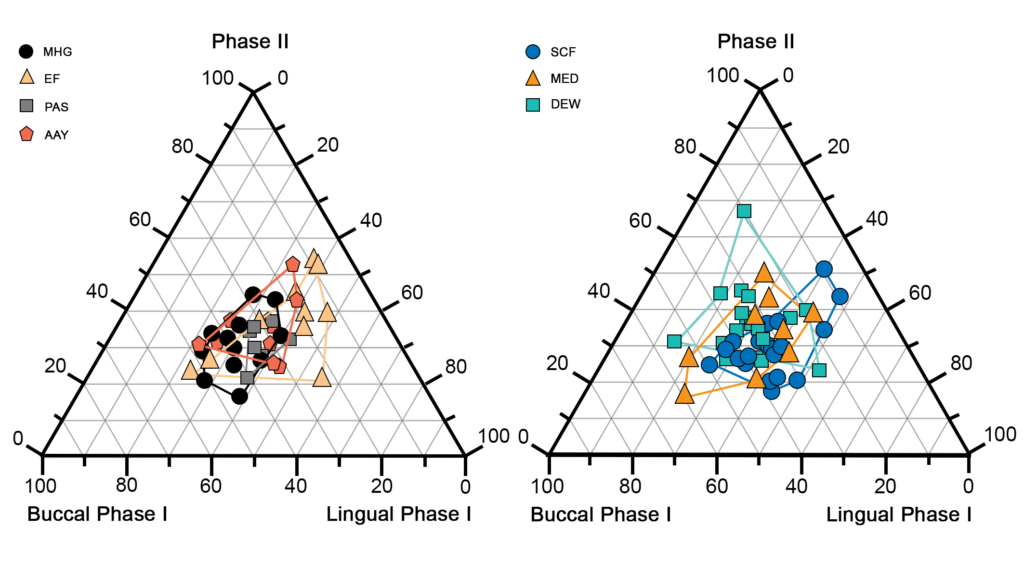Our new study on the analysis of lower molar macrowear in Pleistocene humans and more recent modern human groups has been recently published in the Journal of Archaeological Science.
Our study reveals different wear patterns among modern human populations exhibiting distinct lifestyles. Hunter-gatherers’ macrowear pattern, who mostly relies on meat intake, significantly differs from those early farmer societies, while human groups with a mixed-diet display an intermediate wear pattern between both. These finding support the hypothesis that the material culture introduced by the early farmer communities could have induced an increase of external particles into the aliments, thus modifying their occlusal macrowear pattern.
The dietary and cultural information of these recent populations along with the macrowear analysis have been used to infer the subsistence strategies of Neanderthal and early Homo sapiens. There are no major differences between both human groups from different eco-geographic regions, which suggests a wide dietary variability. However, we do find significant differences between Neanderthals and early Homo sapiens inhabiting cold environments. As the technological complexes of both groups in this ecosystem is different, we hypothesise that Neanderthals and early Homo sapiens could have been exploiting natural resources differently during Marine Isotopes Stage 3.






